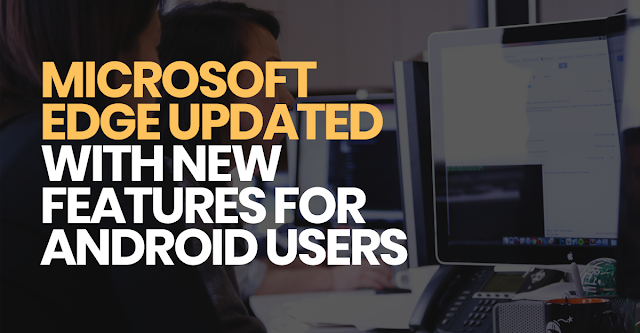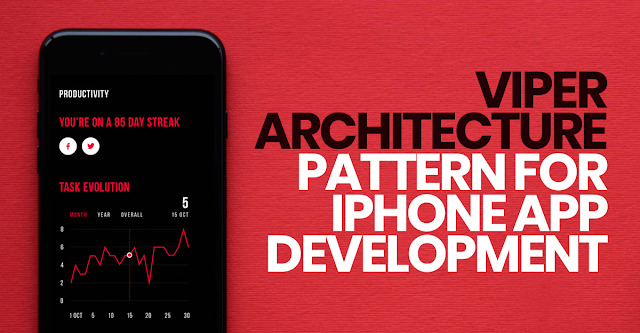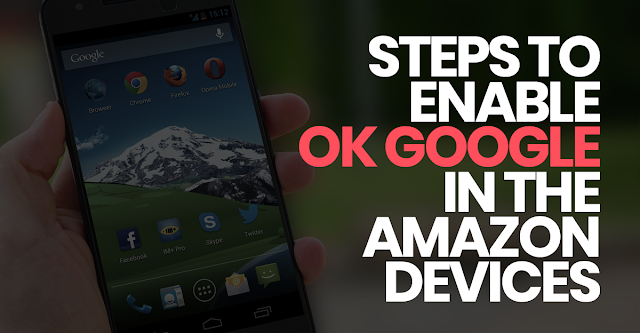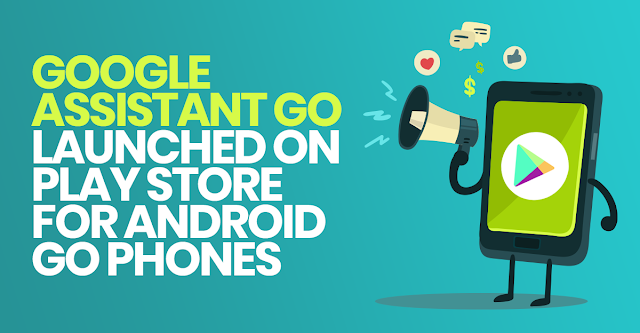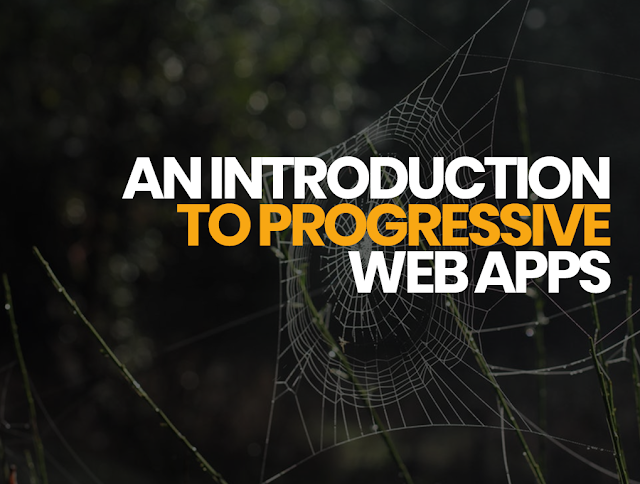Amazon Echo 2nd generation has already entered the era of the smart wireless speakers. While some are just peeping into the new advancements slowly taking over the world, it will be not difficult to find the cult Netflix fans going gaga over the FireTV Sticks, Echo devices and voice controlled remotes!
Amazon Echo 2nd generation has already entered the era of the smart wireless speakers. While some are just peeping into the new advancements slowly taking over the world, it will be not difficult to find the cult Netflix fans going gaga over the FireTV Sticks, Echo devices and voice controlled remotes!
Movie and music streaming in seconds with Amazon Echo devices!
For many of the users, it is their dream discovery of course. Movie streams, Netflix, Hollywood and Bollywood songs, Gaana and all the content you have in your Amazon account can be streamed with the help of FireTV Stick in no time! Of course, you need a an HDMI TV =for it to work, but that’s not a big deal today. You can use the Fire TV stick with a high-speed data connection.
What’s more to this?
We can easily do the guesswork and say that
Android development has come a long way because you can even download your favorite Android apps using the Amazon devices.
But what actually fascinates a customer who buys the devices from the Amazon range is actually the ability to ask the remote to do the things.
Amazon Alexa: Another “Siri” in the row? Like “Google Assistant” and your very own “Siri” there to help you (and have fun with you!), there is Amazon’s own Alexa- a voice controlled function to do the things for you. Ask Alexa to streamline your favorite music or movie, it will find it from the Amazon Prime content you have and play it for you.
- How does Amazon Alexa works?
Like Google Voice Assistant, Amazon Alexa is a cloud-based voice control system. The generic function of a voice assistant is letting the users of the device interact with the device to follow the orders said in natural language. The device recognizes the natural voice and follows the orders.
Fire TV, Fire Tablets and Amazon Echo Series and a handful of other devices are powered by this. This may come as a shocking fact for some but did you know that the Fire OS , used to run Amazon devices is actually a step higher than Android development. It is actually based on Android and as a matter of fact, you can even run Android apps on those devices if you purchase them. It is a fact of delight for any Android development company as well. Isn’t it?
Steps to enable ‘Ok Google’ in the Amazon devicesLet’s move on to the steps that are essential to disable Amazon Alexa and enable Ok Google in your Amazon Fire and Echo devices. Make sure that you are trying this for only Amazon Fire 7, HD 8 and HD 10 tablets.
Prerequisites to follow the steps further:
- First of all, you will need to install Google app to get the process started.
- Also, to take the process further, you will need to be able to plug the device you have (that is Amazon device) into a computer so that you will be able to run commands with ADB (Android Debug Bridge).
The following APK links will help you in installing the Play Store for different devices:
1.
Google Services Framework2.
Google Play Services3.
Google Play Store4.
Google Account Manager
1. After you have setup the Google APKs to install the Google App, you will need to install another app from the Play Store which is ‘Settings Database Editor’. Now, let’s move on to the next step.
2. Next you will have to plug the Amazon device to your PC. After you plug in the device, just open a terminal. This is also called Command Prompt Window (CPW). You just need to type the command as written below:
adb shell pm grant by4a.setedit22 android.permission.WRITE_SECURE_SETTINGS
3. By now, you have installed ‘Settings Database Editor’ which you will have to open now. Click on the “Secure” tab from the Menu of this editor and search for the below written code as following:
Voice_recognition_service
Can you see the value to the right hand side of the code line as:
com.google.android.googlequicksearchbox/com.google.android.com.google.android.voicesearch.serviceapi.GoogleRecognitionService
4. Moving on to the next step, you will now need to add the following lines of code in the ‘Settings Database Editor’, Click on Add new setting in the Secure tab.
And start typing in the first box:
Assistant
5. This is what you will need to type in the second box:
com.google.android.googlequicksearchbox/com.google.android.voiceinteraction.GsaVoiceInteractionService
6. Sixth easy step here would be find the below line of code:
alexa_enabled
If you see here, you will notice that the value on the right of the above line says ‘1’.
Just click on the settings and change the value of 1 to 0, then save it. Saving this new value will disable Alexa.
7. But there are a couple more steps to be followed in the bottom of the Secure tab:
Voice_interaction_service
Add the following code of line to the right of the above line of the code which was otherwise empty.
com.google.android.googlequicksearchbox/com.google.android.voiceinteraction.GsaVoiceInteractionService
EndNotes:
The above steps will successfully lead to activate and enable the Ok Google Voice Assistant now. To make sure, just log into Google and download other apps also. Try to say
Ok Google and say your search query to check the results.
